Low vision can be a significant challenge for persons of any age trying to maintain their independence. Low vision can make everyday activities difficult, increasing reliance on loved ones and caregivers while increasing the risk of falls and depression. However, here are a few simple adjustments around the home that can lessen this dependency for those with less severe forms of low vision.
Set the Scene
Place furniture in small groupings so less distance vision is required during a conversation. Avoid upholstery and rugs with patterns, which can create visual confusion. Instead, find furniture with texture, which provides tactile clues for identification.
Increase Contrast and Color
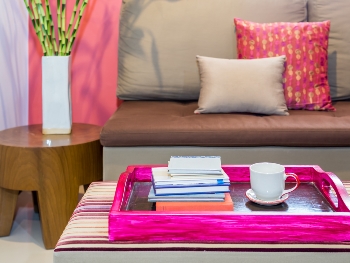
Set brightly colored accessories around the home to help with locating the items around them. Use contrasting colors to clearly define doorknobs, steps, doorframes, switch plates, outlets or stairway landings to help decrease risk of missteps and falls.
Make it Bright
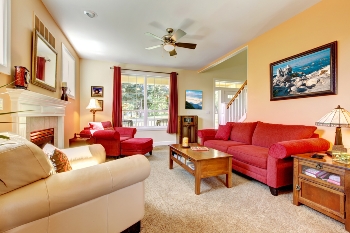
Brighter lighting can help with reading and activities such as sewing or cooking. Provide plenty of floor lamps and table lamps to enhance overhead lighting. Remove mirrors that reflect lights to create a glare. Use window coverings that can allow natural light through.
Embrace Technology
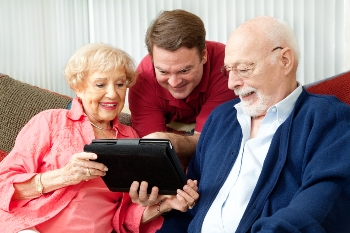
There are a variety of technology-based tools for smartphones and tablets designed to aid people with low vision. One example is Spotlight Text, which can be configured to help people with particular patterns of low vision read with greater comfort.
Get Rid of Hazards
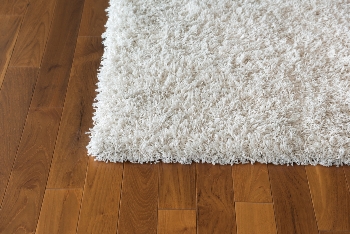
Use non-glare products to clean floors instead of wax. Tape down area rugs and remove electrical cords from pathways to decrease risk of falling and injury.
Keep Up With Eye Exams
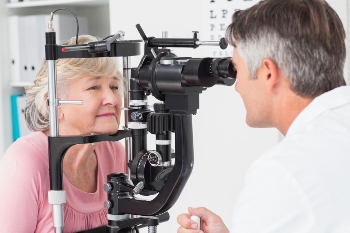
Several diseases that cause low vision, such as macular degeneration and glaucoma, are progressive and can get worse without proper monitoring and treatment. During a comprehensive eye exam, an ophthalmologist can identify both the type and severity of vision loss, and in some cases refer patients to low vision rehabilitation.
Having low vision can be challenging, but it doesn't have to mean giving up your independence. Just a few adjustments around the house can make a big difference in maintaining comfort and strengthening your ability to accomplish your normal daily activities with partial sight.